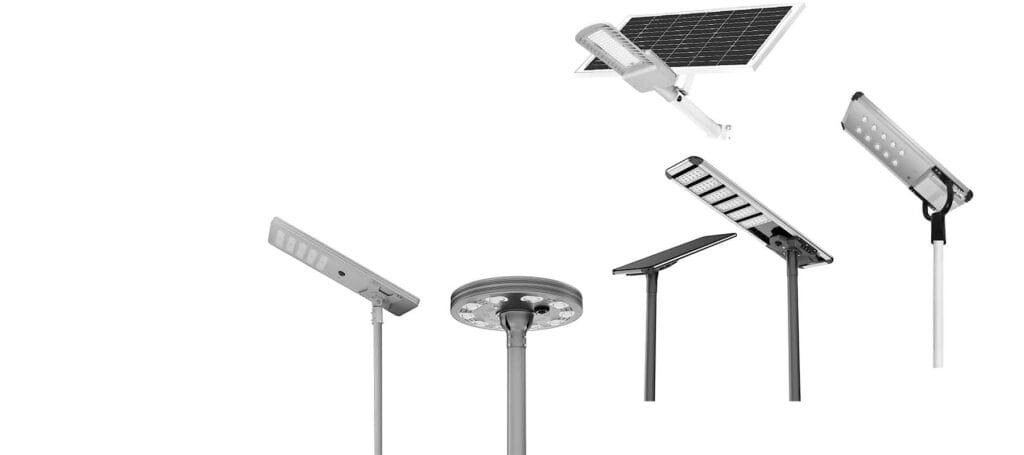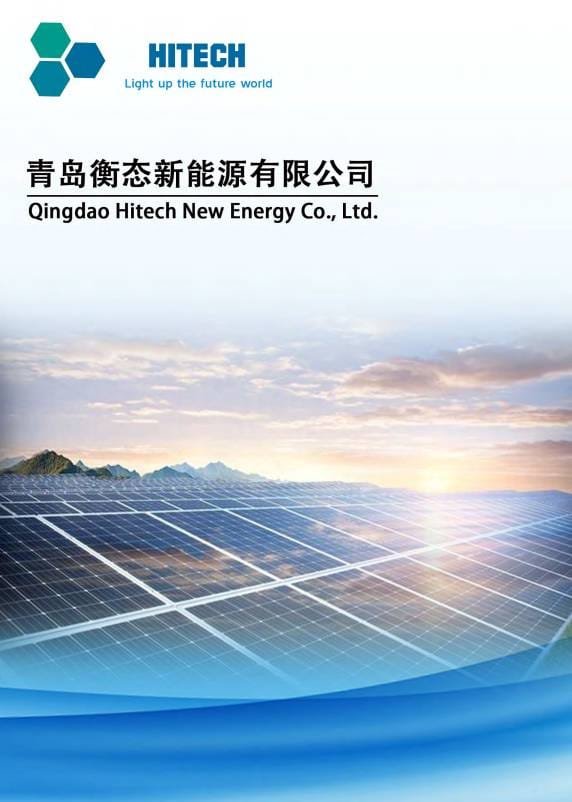Solar street lights have come a long way from bulky setups to sleek, integrated systems. What drove this transformation?
Advancements in solar technology, battery efficiency, and smart controls have revolutionized street lighting. Modern fully integrated systems are more reliable, cost-effective, and sustainable than ever before.
Let’s explore the evolution of solar street lights and how they have improved over the years.
The Early Days: Traditional Solar Street Lights
Traditional solar street lights were an early attempt at renewable outdoor lighting, but they had significant limitations.
Key Features of Traditional Solar Street Lights
- Separate Components – Solar panels, batteries, and LED lights were installed separately.
- Lead-Acid Batteries – Heavy, short lifespan, and required frequent maintenance.
- Basic Light Controls – No automation or adaptive lighting features.
Challenges of Traditional Solar Street Lights
- High Installation Costs – Required trenching and separate mounting for solar panels.
- Frequent Maintenance – Batteries needed regular replacement.
- Limited Efficiency – Low energy conversion rates and poor performance in cloudy conditions.
The Transition: Semi-Integrated Solar Street Lights

Semi-integrated solar street lights were a step forward, combining some components into a single unit.
Improvements Over Traditional Models
- Compact Design – Battery and controller integrated into the pole or panel.
- Lithium Batteries – Improved lifespan and energy storage compared to lead-acid.
- Basic Motion Sensors – Some models included motion-activated brightness adjustments.
Benefits of Semi-Integrated Systems
✔ Reduced installation time and costs.
✔ Higher efficiency with better battery storage.
✔ Some smart lighting features for energy conservation.
The Revolution: Fully Integrated Solar Street Lights
Fully integrated solar street lights are the latest innovation, offering a compact, all-in-one solution.
Key Features of Fully Integrated Systems
| Feature | Advantage |
|---|---|
| All-in-One Design | Combines solar panel, battery, LED, and controller in one unit. |
| High-Efficiency Lithium Batteries | Longer lifespan, faster charging. |
| Smart Lighting Controls | Adaptive brightness, motion sensors, remote monitoring. |
| Durable and Weatherproof | Resistant to rain, snow, and extreme temperatures. |
Why Fully Integrated Solar Street Lights Are the Future
- Easy Installation – No complex wiring or trenching required.
- Lower Maintenance – Durable batteries and smart controllers reduce upkeep.
- Higher Efficiency – Optimized energy conversion for maximum lighting hours.
- Sustainability – Lower carbon footprint and eco-friendly materials.
The Role of Smart Technology in Solar Street Lights

Smart features have made modern solar street lights more efficient and intelligent.
Innovations in Integrated Solar Street Lights
- Adaptive Dimming – Adjusts brightness based on motion detection.
- Remote Monitoring – Cloud-based systems allow real-time diagnostics.
- AI-Powered Energy Management – Optimizes power usage based on weather conditions.
Conclusion
The evolution of solar street lights has transformed outdoor lighting from traditional bulky systems to sleek, smart, and fully integrated solutions. Modern solar street lights offer better efficiency, lower costs, and sustainable benefits, making them the preferred choice for governments and businesses worldwide.


